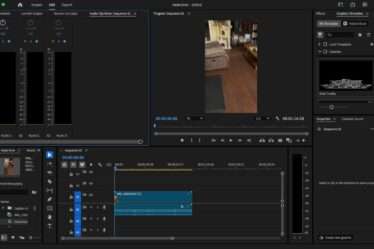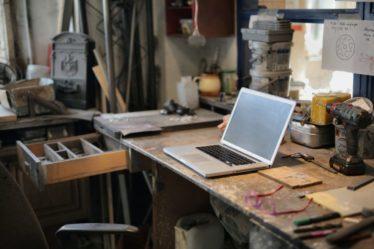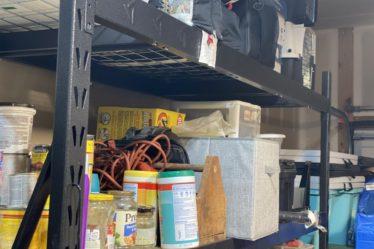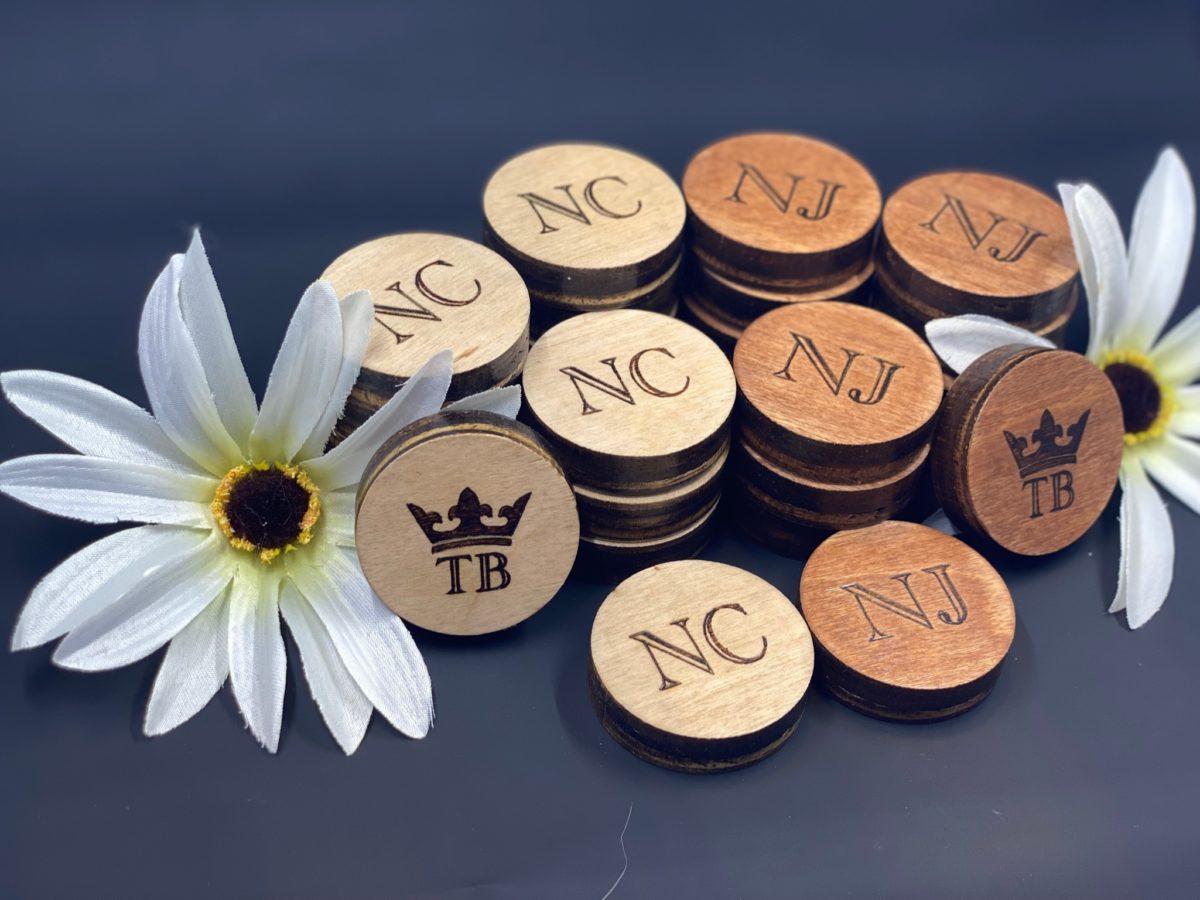
You’ve seen all the cool things that pyrography can create and now you want to work with an artist on a piece uniquely you. The first thing you want to do is find an artist with a style that appeals to you. Every artist has their own unique skills: do they favor thin lines over thick? Do they do a lot of shading? Are they better at photo-realistic pieces versus geometric shapes and symbols? Finding the right artist whose style reflects your tastes is imperative to get a piece you will love. Remember, these are a long-term investment as the design is permanently etched into the wood. You want it to be absolutely perfect.
Types of Wood
Think about the type of wood you want to select. What color is the wood in your house? You want something that is going to fit your decor. How about the color of the wood? Pyrography is going to show up better on lighter wood. This is true for color as well. Darker woods like teak, acacia, and tigerwood might work for simple geometrics but may not be ideal if your design has a lot of fine lines, shading, and color. Poplar, aspen, birch, and basswood are good all-purpose woods that a lot of pyrographers prefer. Maple or walnut is a good middle-ground if you want something a little darker but still might not be good for more detailed pieces.
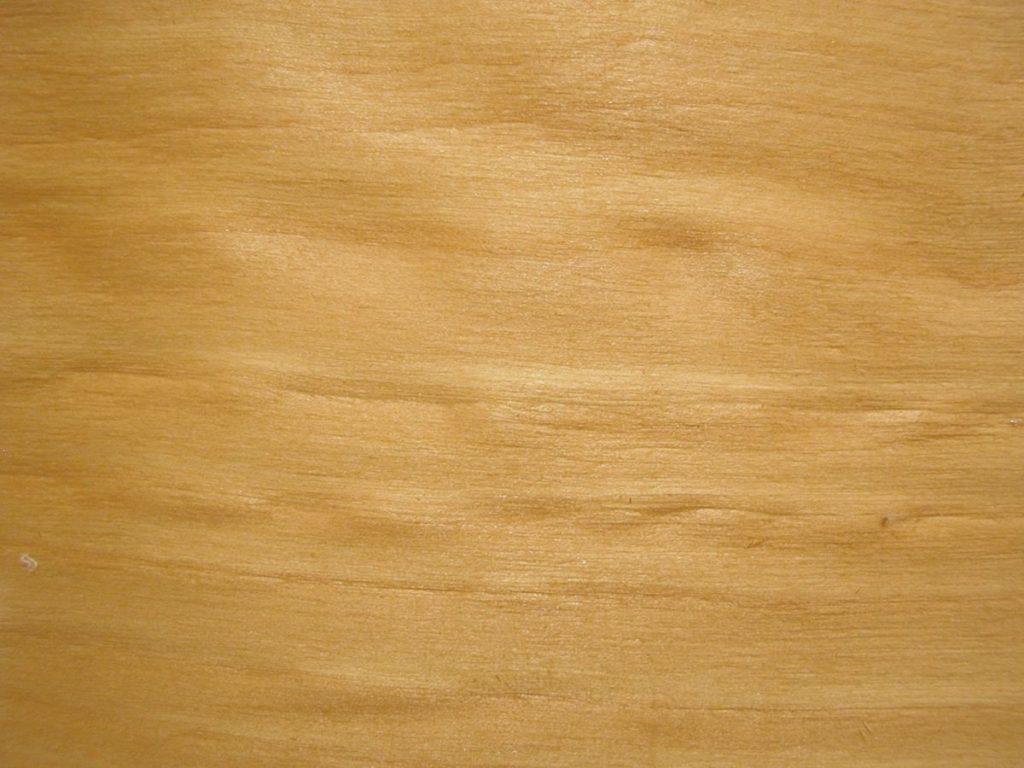
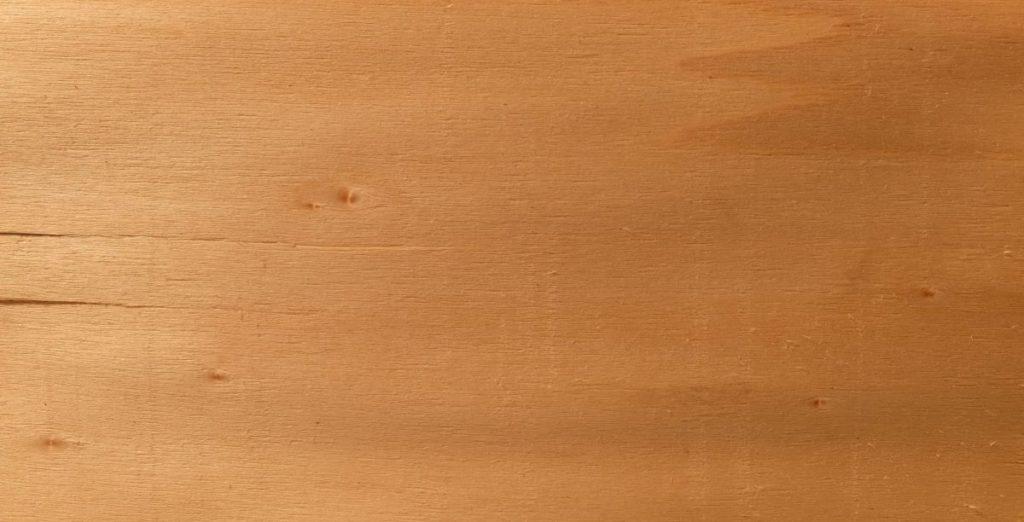
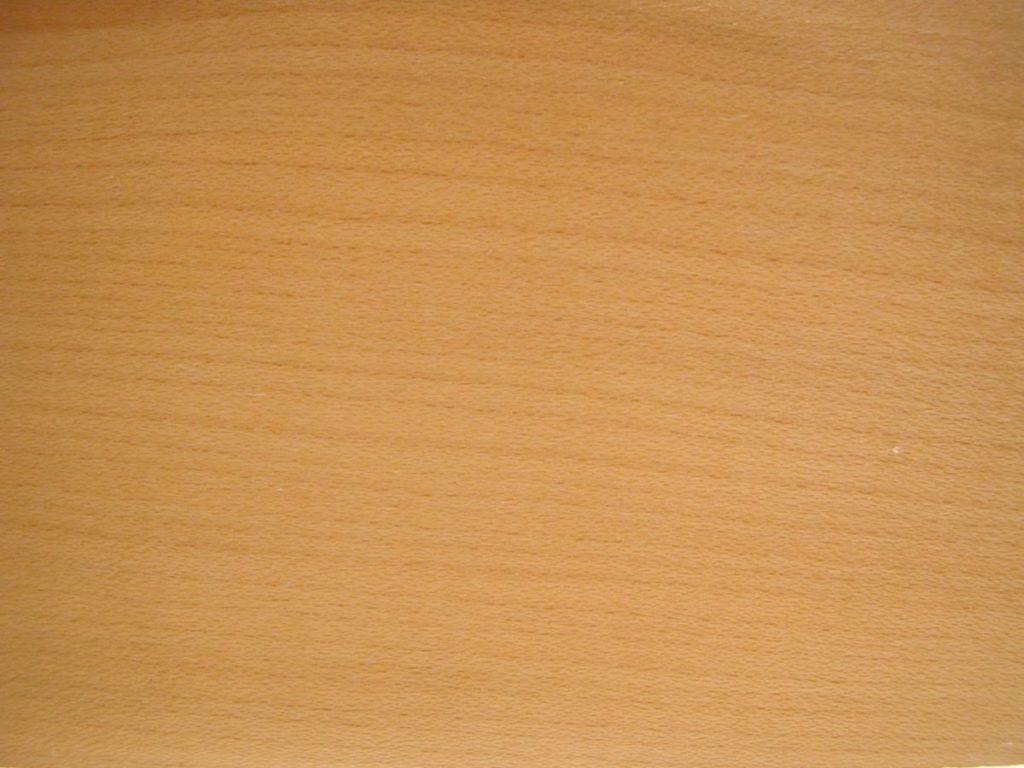
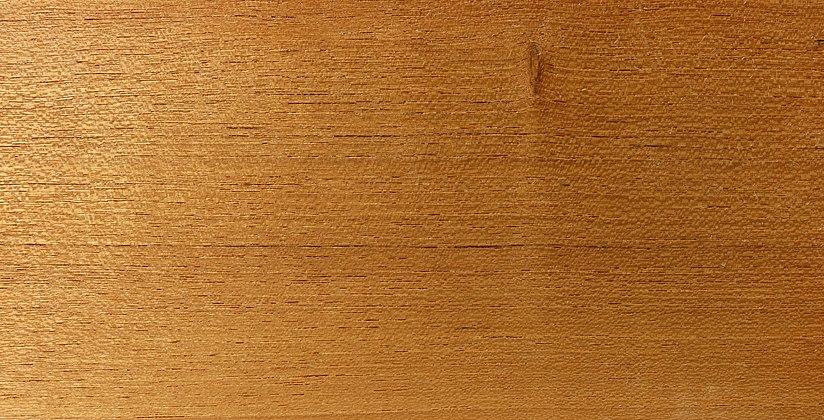
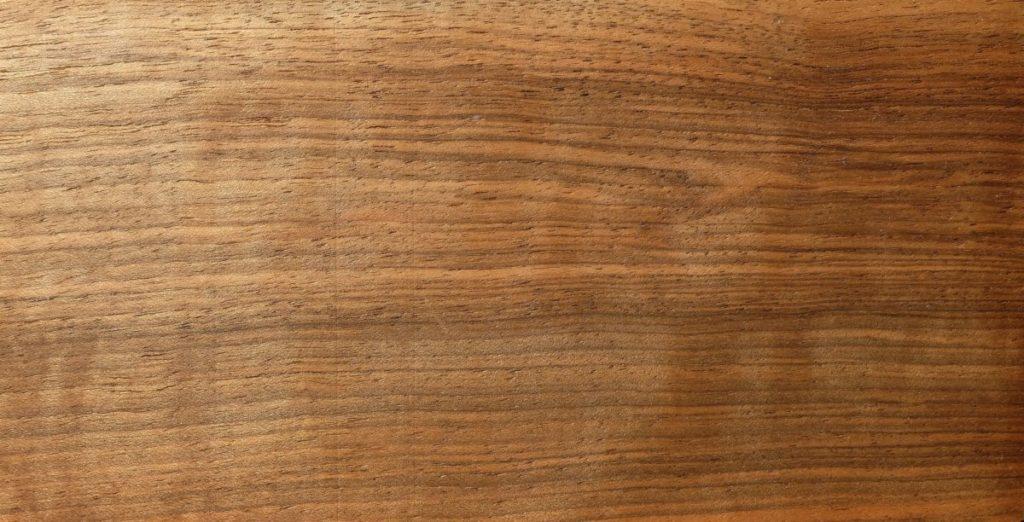
There are many rarer, specialty kinds of wood you can use as well. Red cedar, spalted maple, and spalted poplar have streaks that give a unique aesthetic. Rainbow poplar has streaks of dark and light which make for a very interesting piece. Keep in mind that more exotic woods will increase the cost as they are rarer and usually need to be specially ordered. Bamboo and driftwood can also be burned on but check with your artist as not every artist likes to burn on every type of wood. Pyrography isn’t just limited to wood either. Other surfaces such as leather, bone, cotton, canvas, and other materials can be burned on as well.
Size of the Piece
Think about the size of your piece. Some things are fairly standard size: cutting board, charcuterie board, and drink coasters. If, however, you want a large piece for your living room there are a few things to consider. The larger the piece the more expensive the materials. Wood prices fluctuate but you can always expect a substantial difference in price for a much larger piece of wood, especially if it is one of the rarer types. Remember, too, that wood is heavy. If you are going to be mounting it to the wall you’ll need to be sure that you have something that will support it.
When choosing a size you should also think about the detail of the design. A very simplistic design might not have as much impact on a very large piece of wood. Conversely, a detailed design is going to be lost on a smaller piece. You should also consider the time it will take to burn into a larger piece will directly affect the cost. Lastly, if you require it to be shipped a larger piece is going to have significantly higher shipping costs and shipping insurance.
Color and Texture
What about color. Pyrography looks beautiful even without color. Many pyrographers use techniques such as shading and stippling to give depth and texture to the design without the need for paint. When working with your artist you need to decide if you want the final product to be black and white or include color. If you decide to add color talk it over with your artist. Remember not every pyrographer is a painter.
Think about the color palette you want. Give your artist a general idea about the colors in your house. Bring pictures if possible. Remember that they may recommend certain colors to choose or to stay away from based on the type of wood. If you have a preference for a certain medium of paint (acrylics, gel, watercolors) let them know. Consider where you put the piece. Direct sunlight is going to fade the burn over time.
Finishes and Sealants
Finally, you have to think about sealing. For an outdoor piece, it should be waterproof but not necessarily heatproof. A water-based polyurethane would be good for this. You can also consider a UV sealer if it is going to be in direct or indirect sunlight which may deter, but not necessarily prevent, fading. For cutting boards, utensils, dishes, etc your sealer should be food-safe. It is best to stick with all-natural sealants. Drink coasters need to be both water and heat-resistant. Oil-based polyurethanes work great in these cases.
Remember that once you take the piece home you need to know how to properly care for it. Certain areas of the house may get dusty, greasy, or dirty depending on many different factors. Keep an eye out for an upcoming blog post on the care of your piece.
In Conclusion
All-in-all the process of designing your piece should be fun and exciting. Lean on your artist for their expertise. Give them as much information as you can and rely on their knowledge of their craft. Most experienced pyrographers are going to have their own preferences for things like the type of wood or the art style. It is important to trust their knowledge and know that they will work hard to make you the best piece possible. If you are interested in commissioning a piece with us here at BZ FurFur contact us for a quote.

